Amid a national medicine shortage, Heifer India farmers are turning to low-cost alternatives for preventing disease.
India continues to contend with countless coronavirus cases stressing an overwhelmed health system. It’s a worsening crisis compounded by an infectious new variant, a slow vaccine rollout and a critical countrywide shortage of medical supplies.
For the participants of India's Hatching Hope Initiative, already economically vulnerable poultry farmers dependent on their flocks to earn a living income, this dearth of medicine means many are turning to alternative, low-cost solutions to keep their birds healthy – and their families afloat.
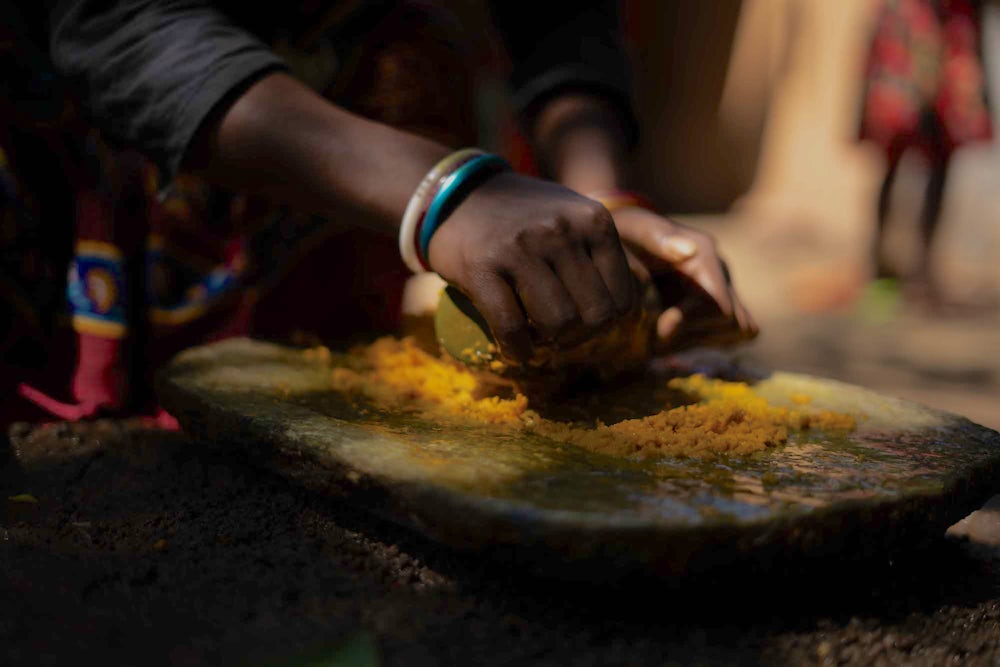
Where there are livestock, there are pathogens – and a risk of disease. And for Hatching Hope India, one of Heifer’s signature programs in partnership with Cargill supporting backyard chicken farmers scale their businesses and connect to markets, biosecurity is of critical importance in this moment of national turmoil. But what is it exactly?
Biosecurity is a set of behavioral policies and preventative measures designed to protect animals, people and plants from contracting and transmitting infectious diseases. The term applies to both the design of animal enclosures (“structural biosecurity”) and to the preventative procedures followed by farmers (“operational biosecurity”).
Taking biosecurity seriously minimizes the spread of zoonotic diseases. A zoonotic disease is an infectious disease caused by a pathogen that jumps from animal to human or vice versa. Heifer poultry farmers in India are utilizing innovative, inexpensive, locally-sourced solutions to combat this threat for farmer and livestock alike.
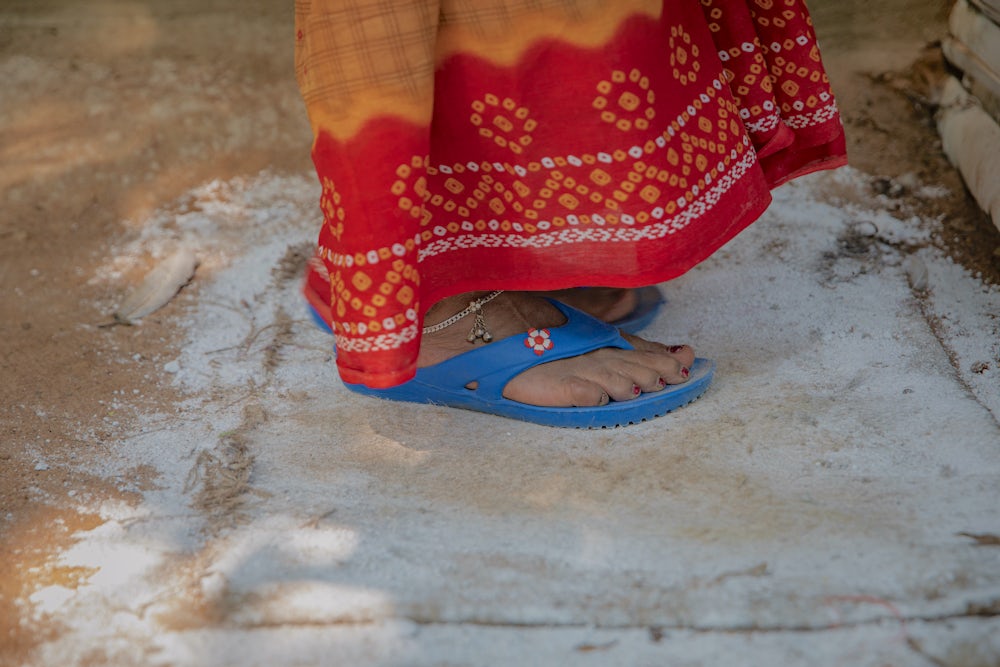
Quicklime, or calcium oxide, is a white crystalline substance widely used as a low-cost disinfectant.
“It generally may be scattered about yards or lots or swept over concrete floors for disinfecting,” said Heifer India Senior Program Manager Sushmita Parai, who added lime is one of the least expensive disinfectants and notes its effective use around livestock.
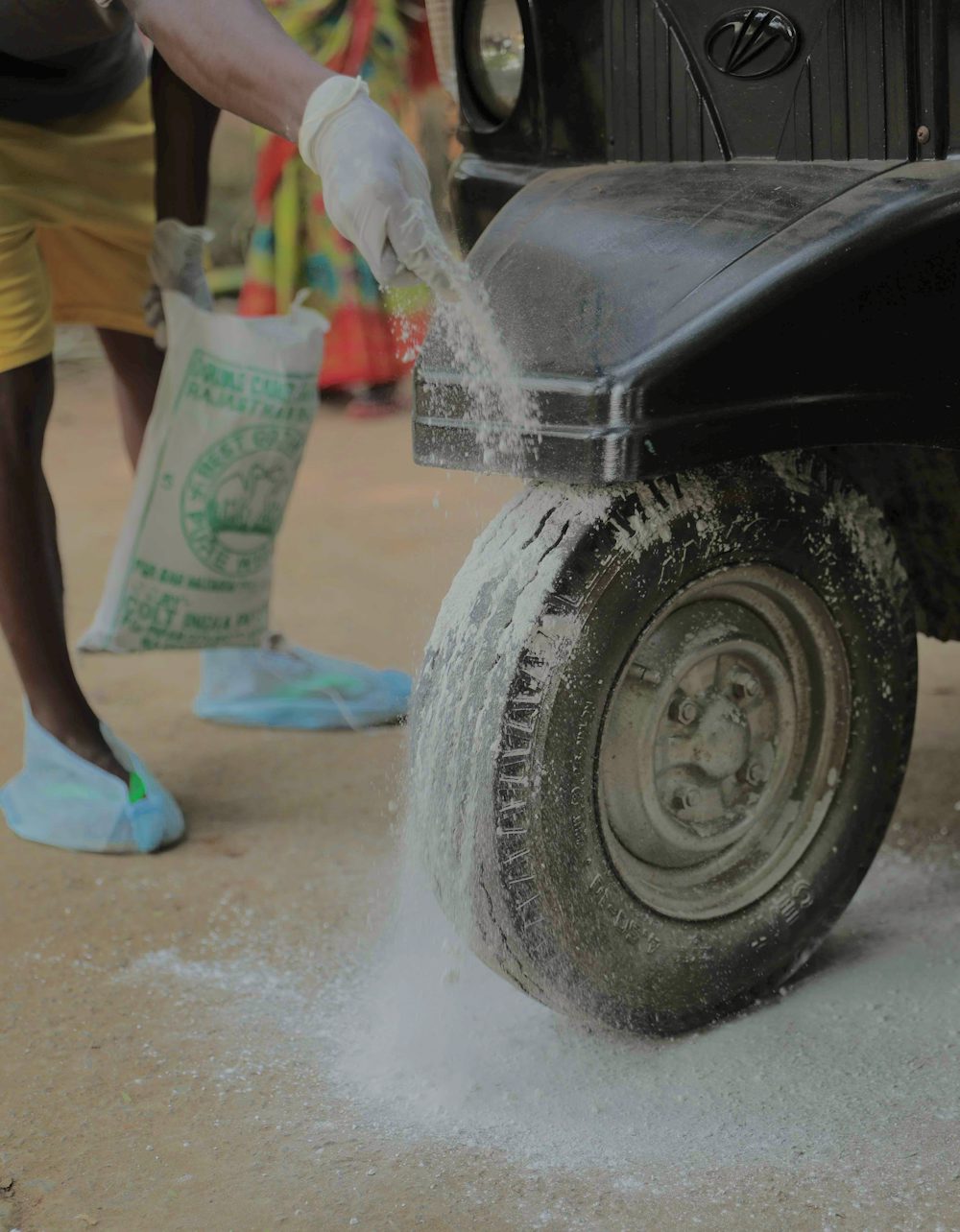
Hatching Hope India promotes lime use by its farmers, who sprinkle it on mats to create dry disinfectant footbaths. To protect eggs and chicks in hatcheries, anyone entering or exiting the enclosure wipes their footwear in lime.
Traveling between poultry farms increases the potential for diseases spreading, so Heifer staffers driving tuk-tuks — India’s taxi equivalent in rural areas — dust their vehicles’ wheels in lime before they head to another village. Lime-coated wheels stave off pathogens that pose a risk of passing between disparate locations.
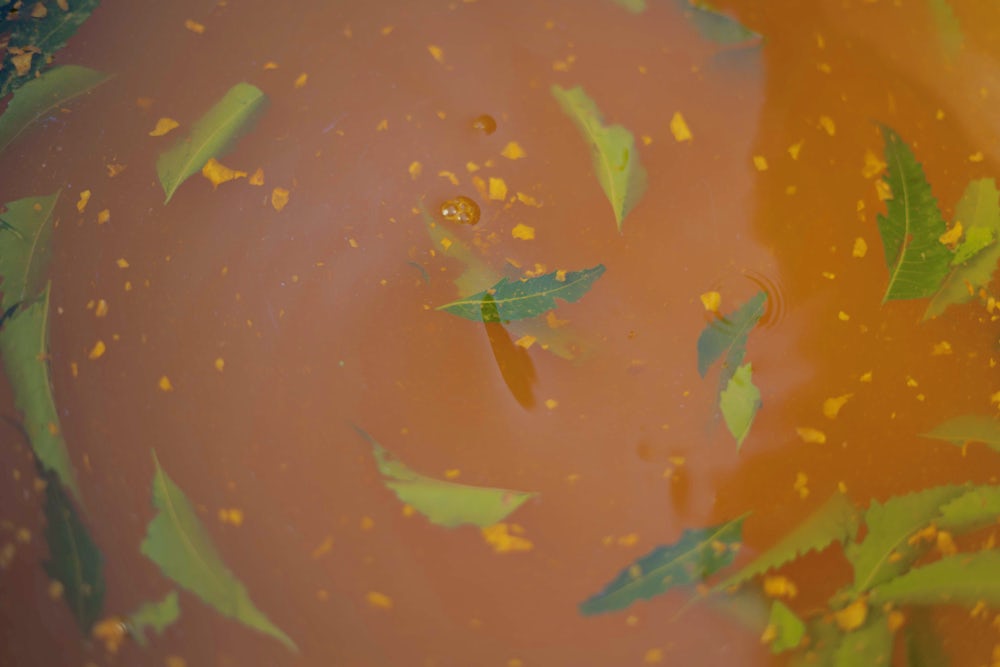
Turmeric, the vivid spice that brings a zip of flavor and distinctive yellow-orange hue to culinary dishes, is grown widely among the peoples of Mayurbhanj, the largest district of Odisha, India. Many families use or consume turmeric raw, boiled or dried because of its anti-inflammatory, antibacterial and antifungal properties.
Due to the acute shortage of sterilizing medicinal products, Hatching Hope promotes the use of these natural alternatives. Turmeric is often combined with the herb neem to create disinfecting handwashing liquid. Like turmeric, neem serves as a strong antimicrobial, said to be effective against several types of bacteria, viruses and fungi.
“While turmeric is used both topically and for consumption purposes, neem is used as a surface disinfectant and to fumigate household premises,” noted Gaurisha Malhotra, senior communications officer for Heifer India.
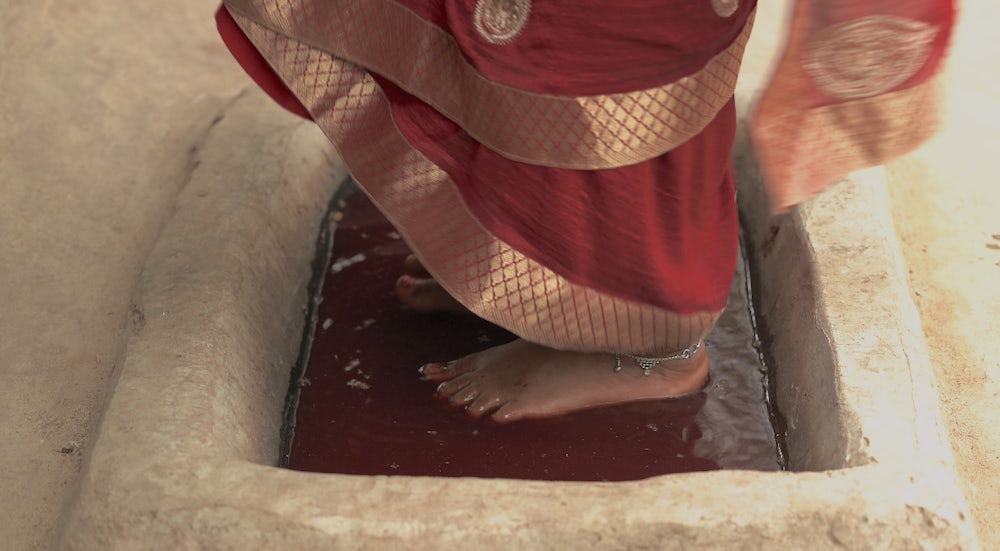
Potassium permanganate is a purplish-black crystalline salt that, when dissolved in water, creates a disinfecting solution. These baths serve a similar biosecurity purpose as the dry quicklime footbaths.
“A solution of potassium permanganate is made in a small pit, and anyone entering the hatchery unit is asked to dip their feet in the solution, keep them there for a couple of seconds and then proceed further," Malhotra said. “Maintaining biosecurity around hatching units is imperative for the safety of eggs and chicks.”
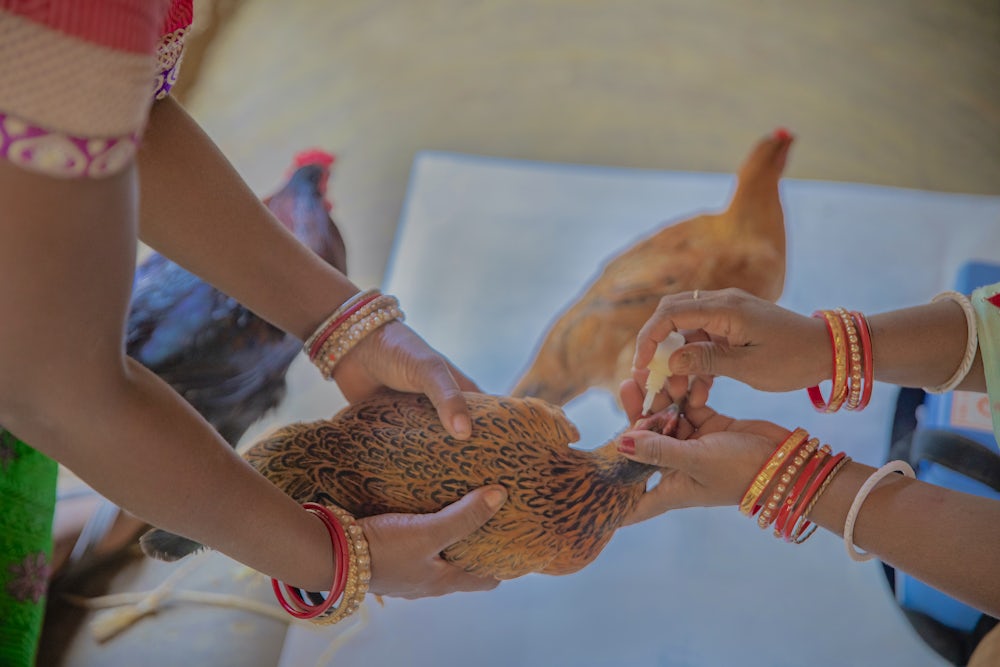
Healthier flocks mean more farmers earning a living income. Because chickens are susceptible to avian diseases, Heifer trains community members to provide affordable animal health services like vaccinations and deworming. These community vaccinators earn an income of their own, while carrying out vital, disease-preventing measures.
In the last year alone, the number of Hatching Hope India producers vaccinating their birds increased from 30% to 85%, and those deworming their birds increased from 15% to 88%.
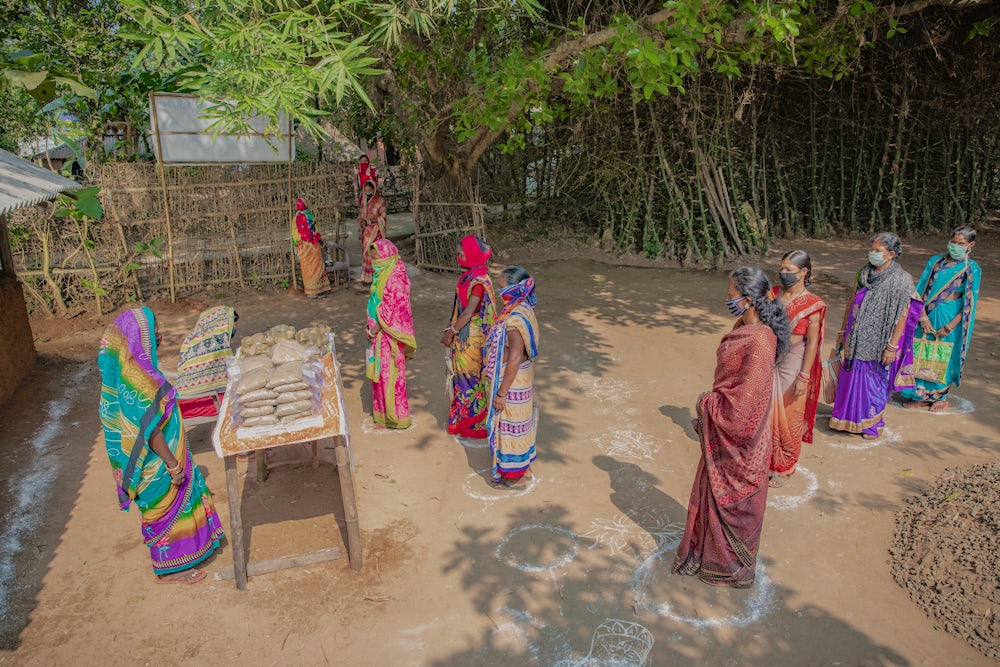
Even before COVID-19 hurtled disease prevention concerns to a prominent position in all our lives, Heifer India was taking it seriously.
“We have been promoting use of personal protective equipment such as masks, foot covers and disinfectants among our community members long before it became mandatory due to the spread of coronavirus,” Malhotra said.
After the pandemic hit, producers integrated increased biosecurity measures like social distancing into their daily routines.
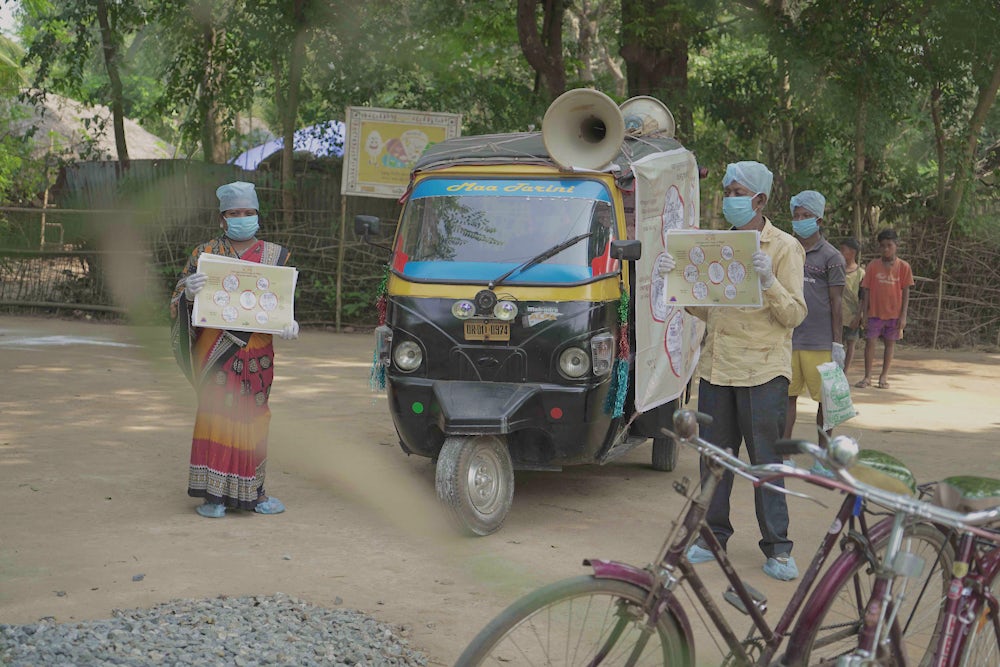
Traveling between villages in a tuk-tuk with lime-dusted wheels, Hatching Hope staffers conducted widespread awareness sessions with community members.
Driving vehicles adorned with large informational posters and outfitted with loudspeakers, Heifer employees promoted the benefits of improved backyard poultry management practices — including disease-preventing biosecurity measures.
